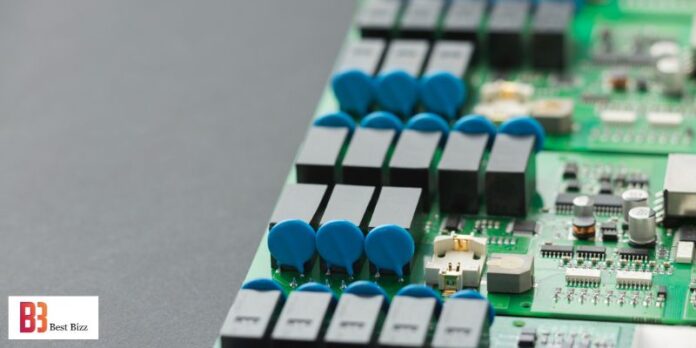Table of Contents
Who and When Issues an ECO in EMS?
Since OEMs are responsible for the product’s design and specifications, they are usually the ones to initiate changes. These adjustments often aim to improve performance, reduce costs, or meet regulatory requirements. However, contract manufacturers may also propose modifications if issues arise during manufacturing, particularly regarding component sourcing or manufacturability.
When an OEM suggests an ECO, the EMS provider thoroughly evaluates the proposed modification to determine if its implementation would be viable or incur any additional costs. After jointly reviewing the ECO, a decision is made on whether to proceed with the change. The agreement between the two parties may differ, but all project modifications require verification and approval from both the OEM and the EMS provider to ensure feasibility and cost-effectiveness.
Key Components of an ECO in Contract Manufacturing
The details of an ECO can vary based on the specific arrangement, but it generally covers the following aspects.
-
Identification of the proposed change
This point should provide the name of the part or material, with a detailed graphical reference showing the component or assembly before and after the change is implemented. This could include updated circuit diagrams, new component part numbers, or a revised bill of materials (BOM).
-
A clearly stated reason for the change
The rationale for the change should clearly justify its implementation. Possible reasons include improving product performance, reducing manufacturing costs, addressing supply chain issues, increasing component availability, or ensuring compliance with updated regulations.
-
A detailed implementation plan
The implementation plan should outline all necessary steps, including testing processes such as prototype testing, quality control checks, validation of new components, and verification of updated assembly procedures.
The outline of the implementation process should also specify when the change should be implemented: immediately (which may require scrapping the current inventory), during the next production batch, or after a certain number of units has been produced. Alternatively, the implementation time could be based on the availability of new components.
-
A detailed impact assessment
This point of the ECO should evaluate the effect of the change on the production process, including potential delays, cost implications, such as changes in material prices or labour hours, and adjustments to the project timeline or delivery schedule.
-
Notifying all departments or parties affected by the change
All relevant teams, including procurement, quality control, and manufacturing, must be informed of the ECO and have access to all updated documents, such as design files, bills of materials, and production instructions.
-
An approval workflow
An approval workflow is required to outline the steps necessary for reviewing and approving the proposed change. All relevant stakeholders, such as engineering, procurement, and quality control teams, should be involved in the process. Furthermore, the workflow should specify which parties are authorised to approve the ECO.
Challenges in Managing ECOs in Contract Electronics Manufacturing
Creating an ECO involves careful research and assessment of the reasons for the change, as well as its potential impact on both the product and the production process, including both positive and negative effects. Unsurprisingly, this complex process presents certain challenges.
One of the primary hurdles is the coordination across multiple teams, such as design engineers, procurement specialists, manufacturers, and suppliers, to ensure seamless change implementation.
Additionally, changes to product designs often necessitate sourcing new components or materials, which can lead to supply chain disruptions, delays, and increased costs.
Moreover, although many ECOs aim to reduce costs, they can sometimes incur initial expenses, such as the purchase of new tooling.
The Importance of ECOs in Contract Electronics Manufacturing
An ECO is an essential process that helps electronics manufacturers adapt to changing market demands, technology, and regulations without major production disruptions. ECOs offer flexibility to adjust manufacturing processes while maintaining product quality, optimising costs, and ensuring compliance with industry standards. If you are interested in partnering with an EMS provider that can expertly handle changes in the production flow, visit asselems.com.




